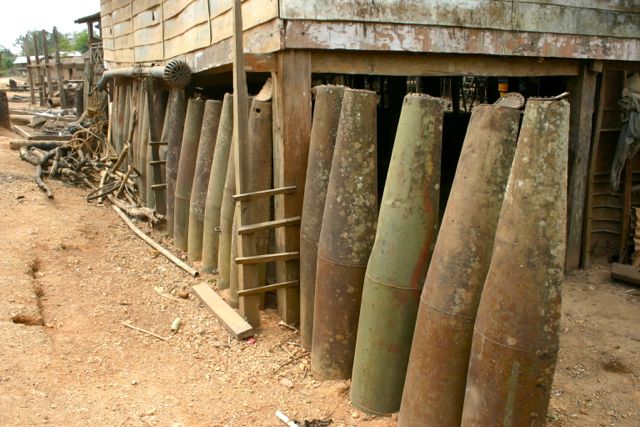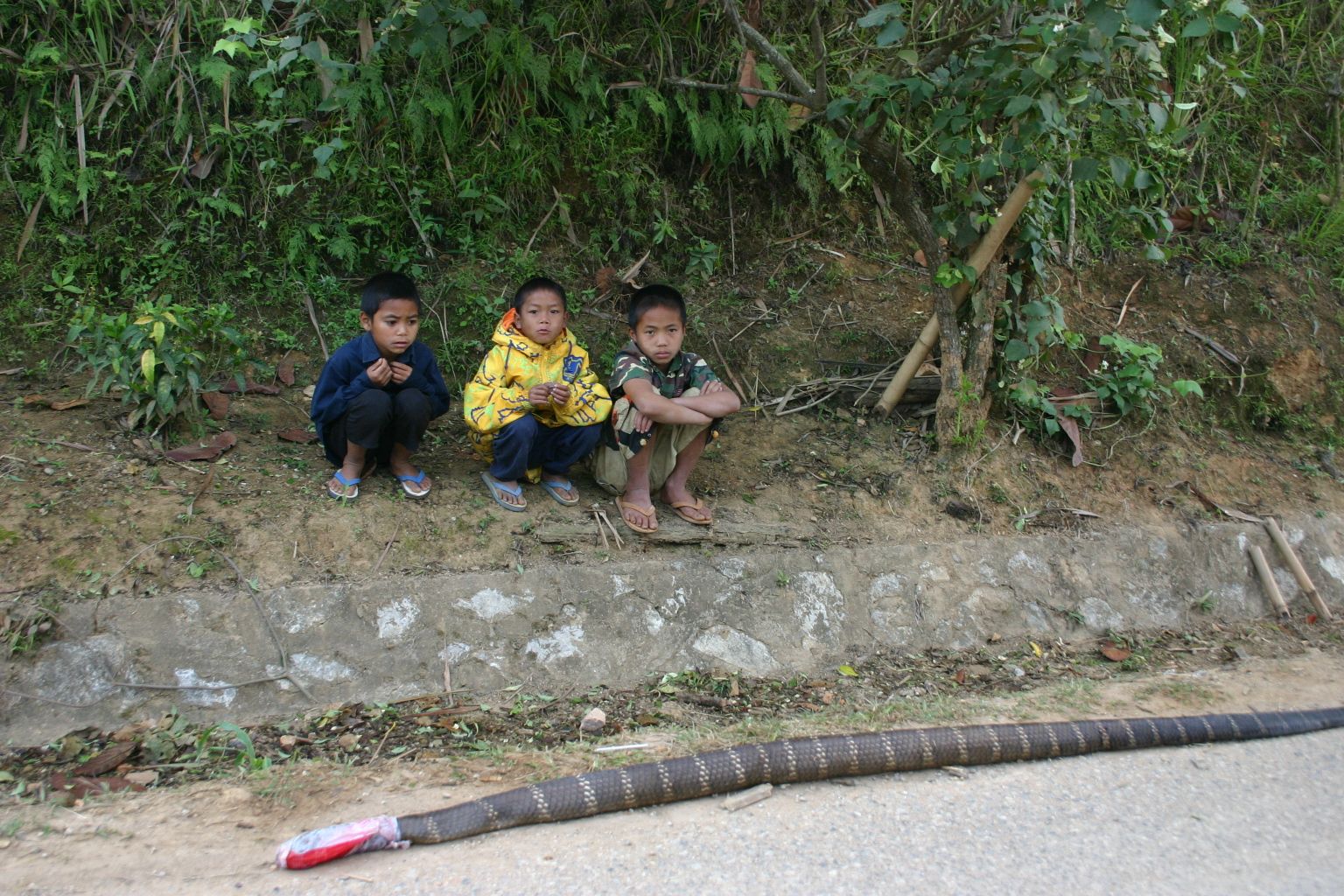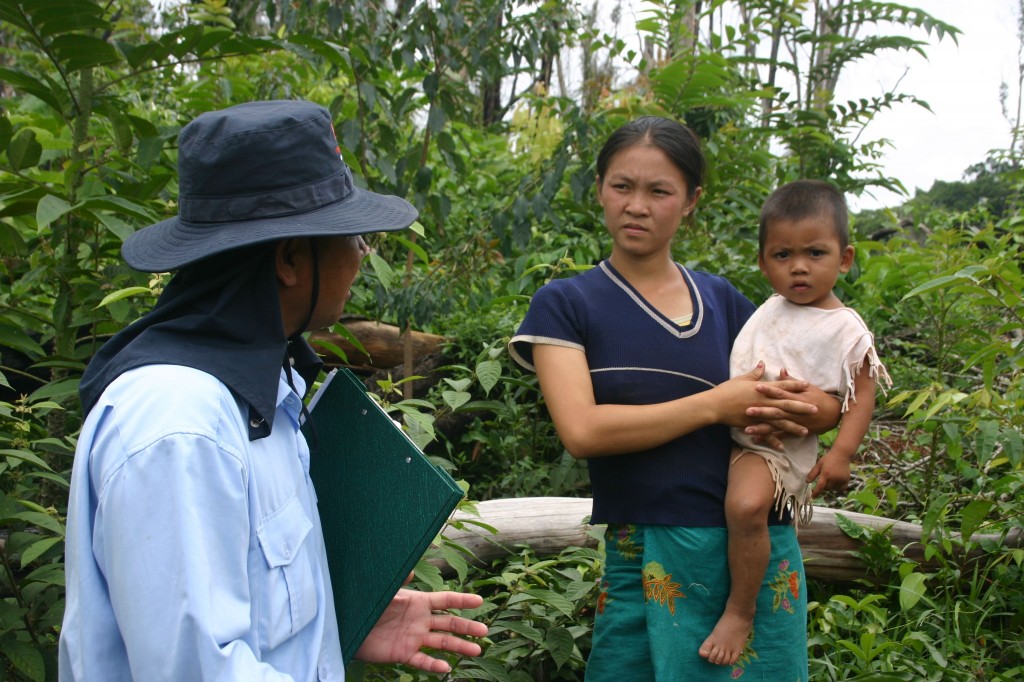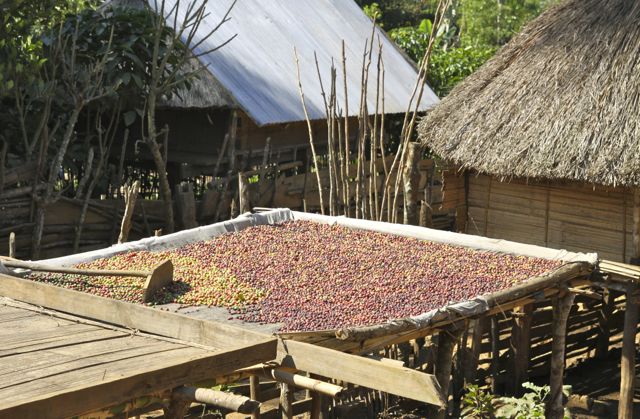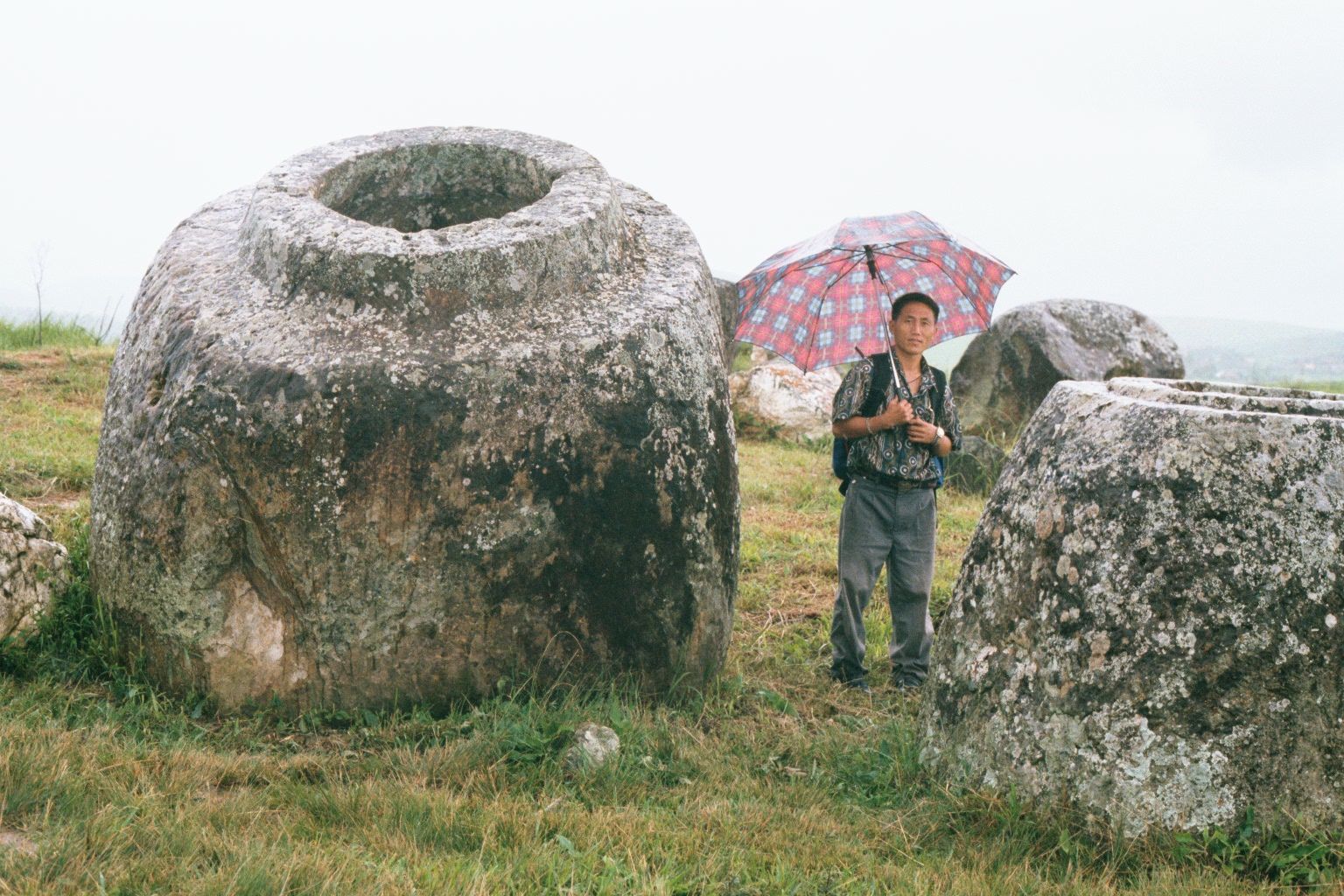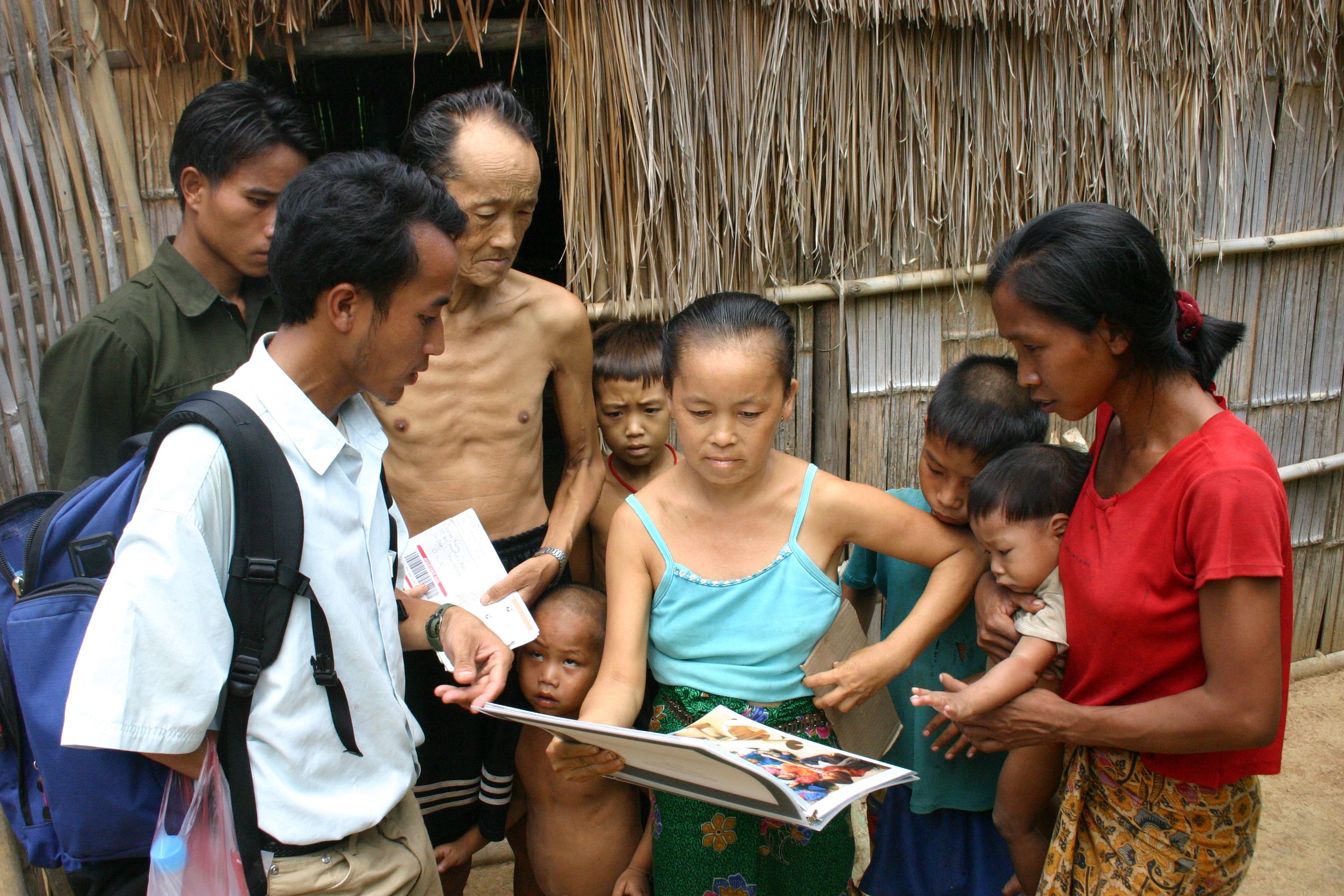
It may not look like much but this market in Dak Chung is our Wal-Mart, our Walgreens, and our Piggly Wiggly. If they don’t have it in Dak Chung, we’d best decide that we don’t really need it. We don’t get here often because Dak Chung is an hour from camp and the roads...
Read more »

